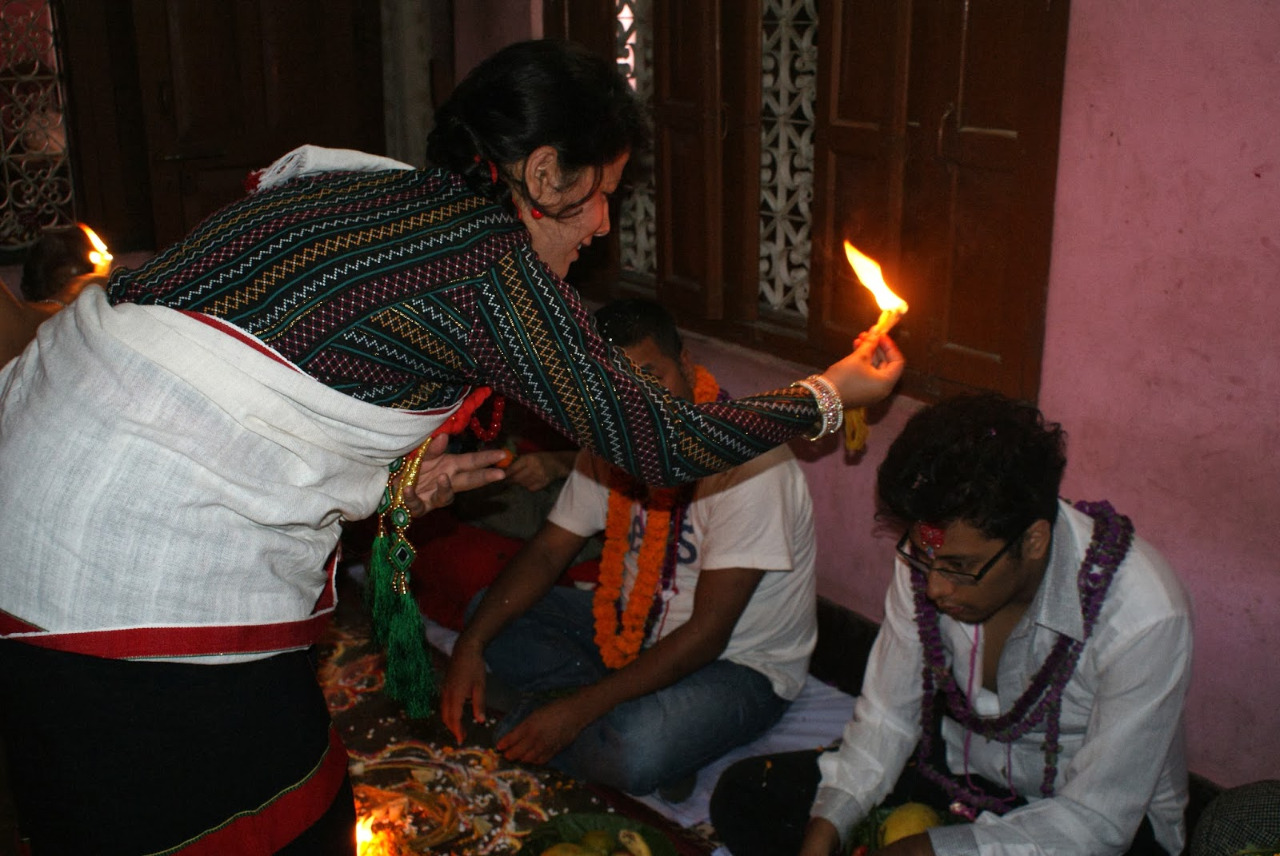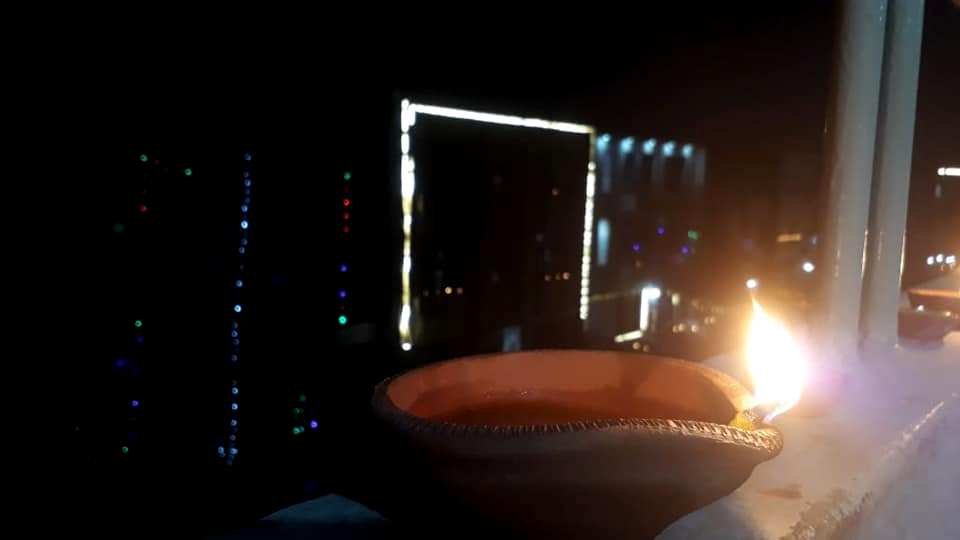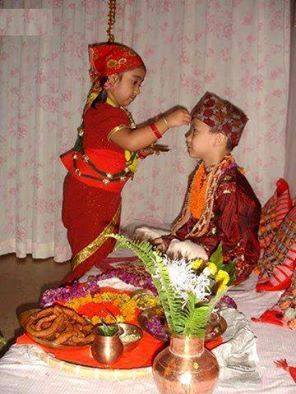As a child I was always fascinated by how every family had their own stylized way of putting Dasain ko Tika and yet when it came to the putting of Bhai Tika, all families followed a strict protocol and sequence. My father (who is a Gorkha soldier from Rajasthan) is convinced that these rituals helped a sister check on her brother and see if life was treating him well.
Having grown up in the age of telephones, the need to stage such an elaborate ritual to check on a brother seemed like overkill, even though I enjoyed the importance of being a sister on such occasions. My father’s explanation made intuitive sense but for some reason, I have never quite shared the notion of the rituals that my father passed on to me, but I think it’s time to test its mettle
The premise is that in the days of yore when sisters married, they often crossed many hills and settled among strangers, leaving their childhood buddy and brother to attend to what was once their parents’ property. Visiting the maita or maternal home for the girl was an infrequent event and not looked on kindly. A brother visiting a sister’s sasuraali (in-laws home) was even rarer and severely frowned upon. But relationships had to be maintained, and thus when the season of festivities came along, a day was set aside in which the siblings could once again interact.
Society being what it was back then, a candid conversation between a man and a married woman (albeit his sister) was not exactly kosher, and was frowned upon. So the rituals apparently arose out of a sister’s needs to know that her brother was “alright”
Step by step analysis of the Bhai Tika ceremony proceeds (as explained by my father):
- The walking around the brother 3 times ensured that a meek sister got to view her brother from all sides and make sure there was nothing wrong with him.
- Anointing the top of the head (not forehead) with oil entailed the taking off of the topi (cap) which in turn allowed the sister to see if her dear brother was turning gray or balding
- The panch or five-coloured tika allowed the sister to test his vision and see if he could still tell colours apart (cataracts dulled the ability to differentiate colours)
- The breaking of a walnut outside the door has a mythological explanation but the ritual demands that the brother reacts with a sound on hearing the crushing of the walnut and this tested his hearing.
- The feeding of a variety of food items considered difficult-to-procure in the hills, such as fish, milk, egg etc, was to indicate to a brother in some sort of a social code that the sister was faring well and lacked no material comfort.
- The brother’s gift of money or material was a reciprocal indicator that all was well with him and his family too.
And so the tradition continues.
While symbolic signalling and covert inspection of a sibling may have been replaced by WhatsApp, phone calls and text messaging and Skype or a casual “wassup bro?” In our hearts, we sisters continue to keep an eye out for our daju/bhai, and our brothers still look for that excuse to come enjoy the company of their sisters.
Koi shakk ya sawaal – that is how my father usually ends his monologues?.
In this case, I was quite sure I had no sawaa (questions), or shakk (doubt).
Writes: Dr. Vejoya Viren (Thuli Di)*
*Dr. Vejoya Viren (Thuli Di) is a Professor of Early Childhood Education at the University of Texas, and her Rajasthani Gorkha father is the Illustrious Col. Viren Jain (Retd) who commanded 2/11 and 5//11 Gorkha Rifles with glory and pride.






An interesting read on bhai tika and how a daughter idealize her father’s version and vision above all other myths is one and only truth. This makes me a proud father of my two daughters. My daughters put on bhai tika on each other as they are protectors for each other.